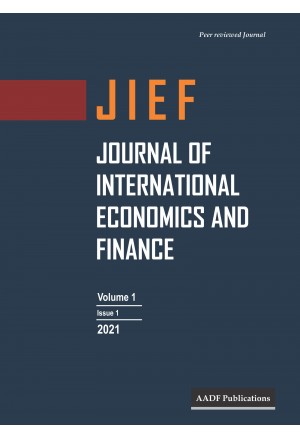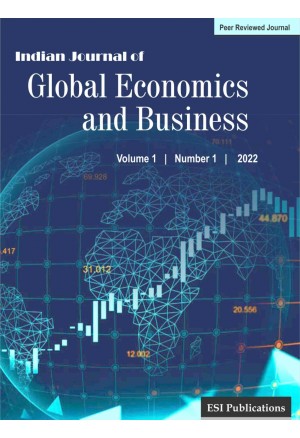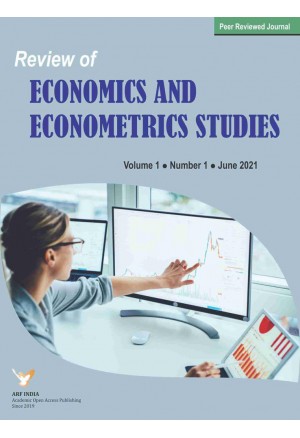JADEJournal of Applied Development Economics
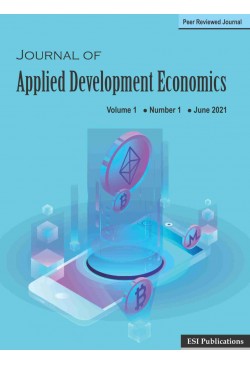
Peer Reviewed Journal
Find out more
Latest Articles :- Vol: (3) (1) (2024)
The Effect of Labour Market Reforms on Unemployment and Wages in OECD Countries: Panel TSLS Fixed Effects Estimation
BY: T. LAKSHMANASAMY
Journal of Applied Development Economics, 2024, Vol: (3), Issue: (1), PP.1-16
Received: 02 December 2023, Revised: 15 January 2024, Accepted: 18 February 2024, Publication: 18 June 2024,
The Western industrialised OECD economies are legislating many labour market reforms in the wake of automation of the production processes to protect the labour interests, especially wage hiring and firing conditions and tackling the unemployment issues. This paper analyses how far these labour market regulations impact the wage rate and unemployment in 17 OECD countries using panel data for the period 2000 to 2022 applying the two-stage least squares fixed effects regression method. The estimated results show that while the rigid reforms have discouraged labour supply and increased unemployment problems, the flexible labour market has increased labour demand in the OECD countries. The total factor productivity and research and development expenditure have a positive impact on unemployment rates in the OECD countries. The technological changes lead to an increased demand for skilled labour, which leaves unskilled labour unemployed. The deunionisation has discouraged labour supply and weakened the worker bargaining powers. The employment protection laws have no significant impact on wages in OECD countries.
Keywords: OECD countries, labour market reforms, supply-demand mismatch, technological change, two-stage least squares fixed effects regression
T. Lakshmanasamy (2024). The Effect of Labour Market Reforms on Unemployment and Wages in OECD Countries: Panel TSLS Fixed Effects Estimation. Journal of Applied Development Economics. 3(1): pp. 1-16.
A Study on Growth of Digital Payment in India
BY: HARSHA C MATHAD
Journal of Applied Development Economics, 2024, Vol: (3), Issue: (1), PP.17-23
Received: 02 January 2024, Revised: 29 January 2024, Accepted: 10 February 2024, Publication: 18 June 2024,
The traditional banking system is becoming obsolete, and the change in technology and the revolution in telecommunication have created the modern banking system. Any time and anywhere is the mantra of the modern banking system, and digital payment is the only solution for the present revolution of the digital economy. In the Indian banking sector, payments are made in five modes: credit transfers (RTGS), credit transfers (retail), debit transfers and direct debits, card payments, prepaid payment instruments, and paper-based instruments. The current study is focused on the growth of digital payments in the Indian banking sector.
Keywords: Digital payment, Credit Transfers – RTGS, Credit Transfers – Retail, Debit Transfers and Direct Debits, Card Payments, Prepaid Payment Instruments, Paper-based Instruments
Harsha C Mathad (2024). A Study on Growth of Digital Payment in India. Journal of Applied Development Economics. 3(1): pp. 17-23.
The Role of RBI in Economic Development and Social Progress
BY: T. PONSHUNMUGARAJA
Journal of Applied Development Economics, 2024, Vol: (3), Issue: (1), PP.25-35
Received: 02 March 2024, Revised: 20 April 2024, Accepted: 28 April 2024, Publication: 18 June 2024,
The (RBI) Reserve Bank of India was established in the year 1935 under Reserve Bank of India Act 1934 and was nationalized in 1949. Initially,it was a private share holder’s company. It performs very important functions from issue of currency note to maintenance of monetary stability in the country and its affairs are governed by the central Board of Directors appointed by the Government of India from time to time. Since,its inception the RBI had played an important role in the economic development, monetary stability and social progress in the country. The Royal commission in Indian currency and finance appointed on Aug 25,1925 has suggested the establishment of the central Bank in India,later the Indian central Banking Enquiry committee,1931 stressed the establishment of the central bank in India. The RBI Issued first of its currency notes Rs:5 and Rs:10 in January 1938 and later in the same year denomination of Rs:100,Rs:1000 and Rs:10000 were Issued. The primary objective of the RBI was to maintain price stability and economic growth in the country. This could be achieved by the RBI with the help of its monetary policy. With the help of its quantitative and qualitative credit control methods RBI can able to maintain supply of money in the economy and make the money available to the investors for their investment projects. The RBI has played a crucial role in shaping the Indian economy since its inception in 1935. From managing the monetary policy to regulating the financial sector, the RBI has been instrumental in laying the foundation for India’s economic growth. In fact,India’s GDP has grown from just $30. 6 billion in 1950 to over $3. 4 trillion in 2022,and the RBI has been a key driver of this transformation. The RBI’s developmental role includes ensuring credit to productive sectors of the economy,creating institutions to build financial infrastructure and expanding access to affordable financial services to the society. It also encouraging efficient customer service throughout the banking industry.
Keywords: RBI, commercial banks, monetary policy, OMO, BRP,VRR, TReDS, UPI, BBPS, eKYC, ECLGS and AA.
T. Ponshunmugaraja (2024). The Role of RBI in Economic Development and Social Progress. Journal of Applied Development Economics. 3(1): pp. 25-35.
Generative AI Power to Grow Economy: A Study to Measure Generative AI Effects on World Economy
BY: SWATI SHARMA
Journal of Applied Development Economics, 2024, Vol: (3), Issue: (1), PP.37-44
Received: 22 March 2024, Revised: 10 May 2024, Accepted: 28 May 2024, Publication: 18 June 2024,
Generative artificial intelligence (AI) is a category of AI which is emanate from generation of new content using AI. can construct any type of content by applying generative AI, as it’s not only based on the content which are already fed to machine. Economic growth is largely affected by generative AI in both beneficial and gloomy ways. Current demand is to work upon the fact that using generative AI to increase economic growth and decrease/remove negative factors related to it. Ultimately it should work on only increasing economic growth. It explores the effects of AI development on both the transitional dynamics path and the balanced growth path. The advancement of AI has the potential to enhance economic growth during the transitional dynamics path and may boost short-term household utility if AI accumulation stems from increased productivity in the goods or AI sector. Generative AI technologies have emerged as a transformative influence in the content production.
The advancement of AI is expected to lead to the replacement of certain jobs by new AI applications. However, this shift will also give rise to new job opportunities. These roles will not only include expert-level data scientists but also positions like “model supervisors” who will be responsible for training models, evaluating response quality, and managing escalations. This dynamic transformation in the workforce highlights the potential for both disruption and premium service offerings in various sectors as AI continues to reshape industries. However, if AI accumulation is driven by firms substituting human labour with AI, it could negatively impact shortterm household utility. Furthermore, the long-term welfare of households may not necessarily benefit from AI development. These findings remain consistent even when considering scenarios where AI enhances human capital accumulation, traditional research and development models, and various forms of physical capital.
Swati Sharma (2024). Generative AI Power to Grow Economy: A Study to Measure Generative AI Effects on World Economy. Journal of Applied Development Economics. 3(1): pp.37-44.
Copyright ©2023 ESI Publications. All Rights Reserved


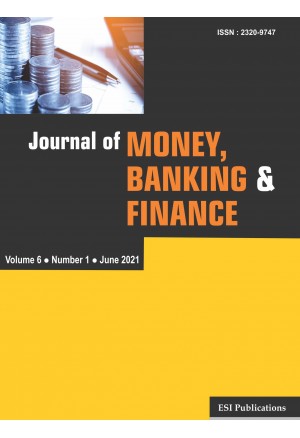
-300x438.jpg)
